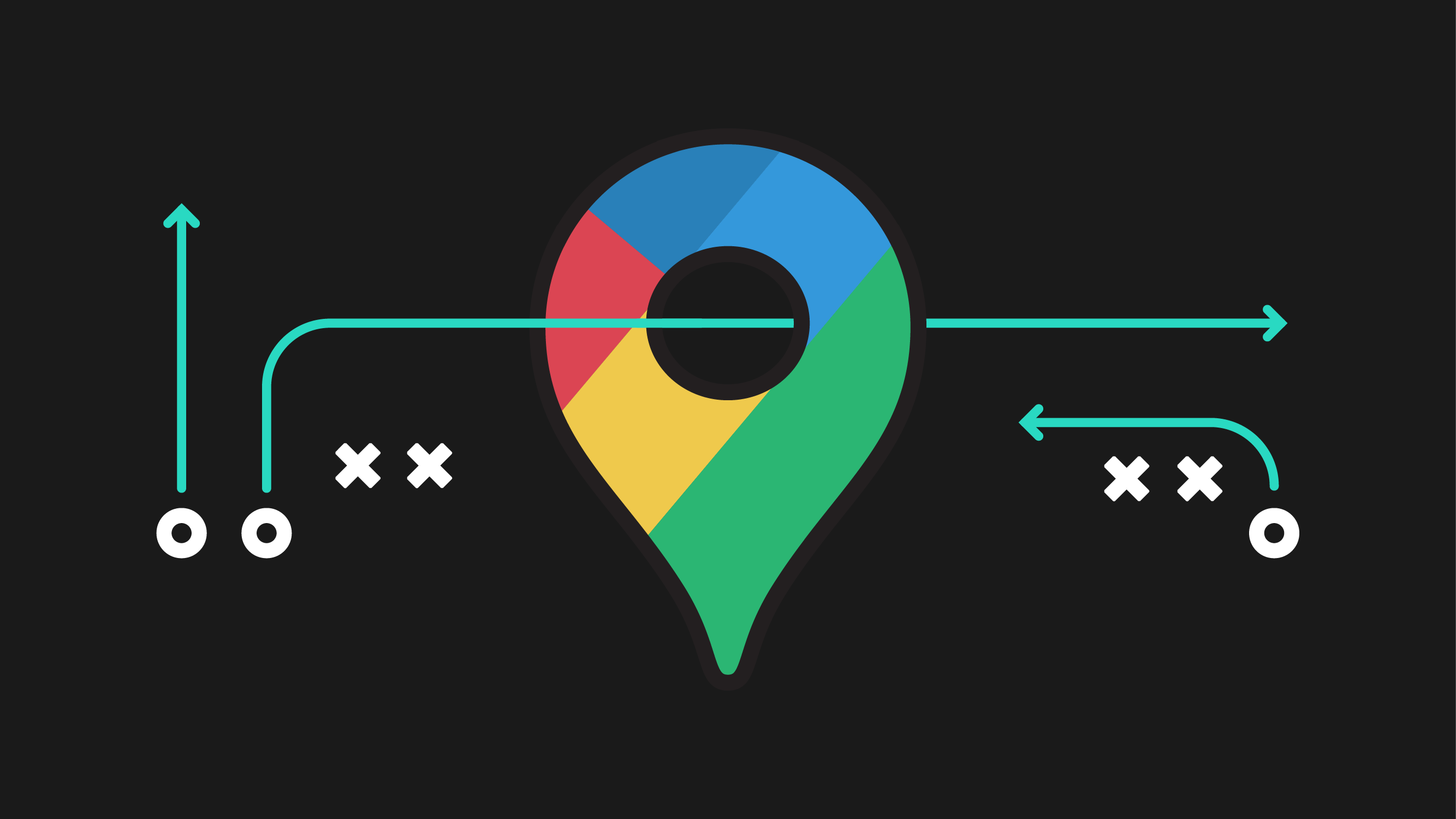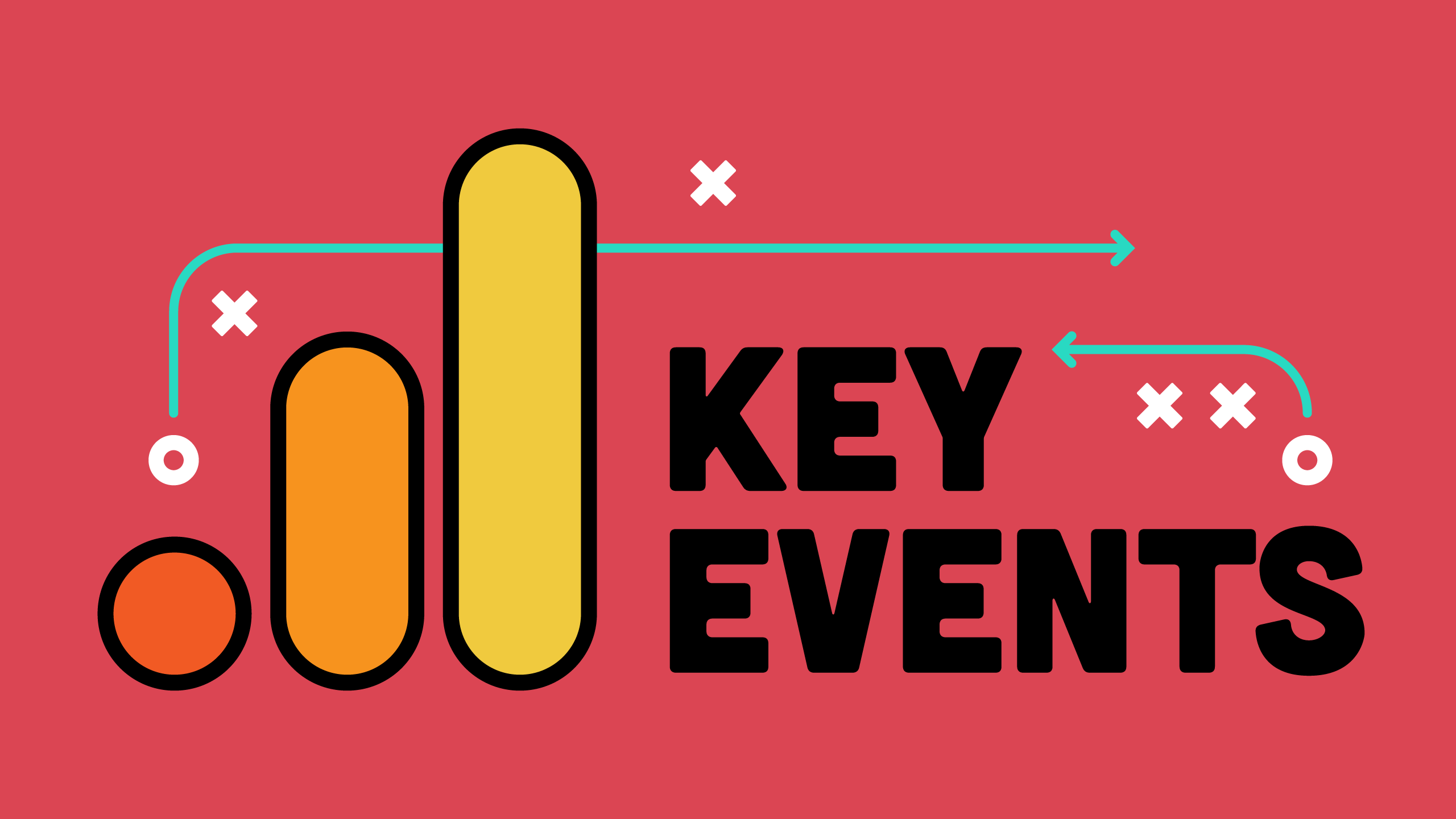People consume content every day. News articles, blogs, tweets, Facebook posts, web pages — the list goes on.
The internet is full of content that is generic and screaming out to anyone who will listen. Do people listen? Sometimes. But creating content without a focus is a waste of alphabet.
Producing content that is relevant and useful to your audience is important. Do you envision who you’re speaking to when you’re writing? Developing personas will direct your content so it serves a distinct purpose.
What are Personas?
Personas are realistic descriptions of your target audience. A persona includes demographics such as age and gender, the stage of life the person is in, goals they’ve set, and challenges they may face. A strong persona also includes information about interests and attributes outside of demographic data — is this part of your audience active on a particular social network? What kind of things do they share? What other brands does this persona group value?
There are a lot of different ways to write personas, but what’s important is that the persona provides valuable information that helps you write better content.
Writing personas will enable you to better understand your customers or clients and their needs. You may have multiple personas that you are targeting, but the content you write should be directed to a specific audience (persona) and serve a trackable purpose.
How to Write Personas
The first step in writing personas is identifying your target audience(s). Using a real estate agency as an example, it’s easy to identify several different target audiences — such as first-time homebuyers or a retired couple looking to sell their old home. These two audiences are very different, so it’s important that you talk to them differently too.
Once you’ve identified the different audiences you want to target, do your research. Personas should be based on real information and facts. Research can come from a lot of different places, like analyzing available customer data, talking and listening to customers, or social-stalking people on Facebook and LinkedIn. Demographics are important, but it’s imperative to dig deeper than surface-level information. You need to find empathy. Putting yourself in someone else’s shoes will help you write great personas. For example, think about:
- What motivates them?
- What information do they want to know?
- How do they prefer to be communicated with?
Now that you’ve established your target audiences and have done some research, it’s time to write! Writing fictional biographies of your audience can be weird at first, but it gets easier over time. Here is an example persona:
Jason and Amy — First-Time Homebuyers
Jason is 28 years old and is currently renting an apartment in Edmonton with his girlfriend Amy. Jason works for a construction company, and Amy works a nine-to-five office job. The couple has been living together for four years, and they are interested in upgrading and buying a house. Together, they have saved up enough money for a down payment of $55,000. They are looking for a house that will let them grow but won’t break the bank. Sometimes Amy posts housing listings on Facebook and asks for her family’s opinions. As it’s their first time buying a house, the couple is unsure on when they should buy their new home and what they should look for.
Putting Personas to Use
So you have multiple personas written down — now what? Write meaningful and engaging content that your personas will find useful! Give content a purpose — have a goal in mind.
You can also use personas to generate content ideas. What would Jason and Amy want to know? By putting yourself in their shoes, you can see how scary yet exciting buying a house for the first time can be. Content that they would be interested in includes:
- 10 Things to Look for When Completing a House Inspection
- What You Should Know Before Signing a Contract for a House
- Edmonton’s Housing Market 2016: Is it a Buyer’s Market?
- Everything You Need to Know About Mortgages
Using personas doesn’t just stop at content idea generation — personas should also guide the way you write. Address their needs in your content and organize the information so what you want heard is communicated effectively. For example, a blog post about mortgages would be written differently if it was addressing a first-time homebuyer or someone who has bought and sold a few times.
Remember to keep track of who you’ve been talking to — is there an audience you’ve been ignoring lately? If you only focus on communicating with one audience group, you’ll lose the interest of everyone else.
Your content deserves direction. So, what are you waiting for? Start researching your target audience, write some personas, and give that content some meaning!




